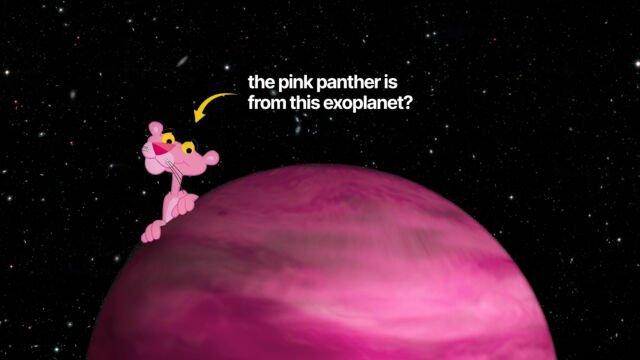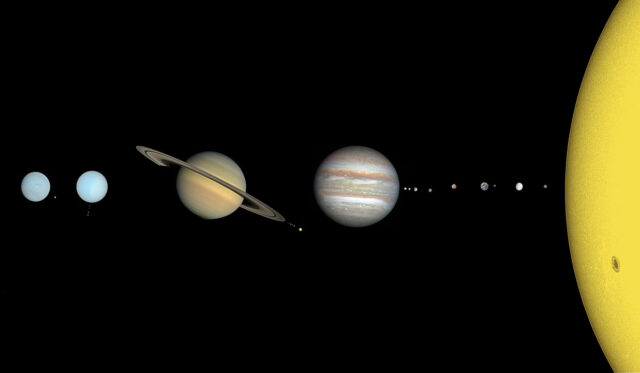Quantum computers possess promising capabilities for solving problems that are beyond the capabilities of classical computers.
However, the full potential of these devices has yet to be realized, and one of the major problems in the development of quantum computers is the challenge of maintaining stable quantum states.
“The higher the temperature, the easier it is for quantum states to break out and become unusable for any technical use”, which is why for quantum computers maintaining a sufficiently low temperature is important.
What is Absolute Zero in Physics?
Absolute zero is the theoretical temperature of 0K(zero kelvin) or -273.15°C, at this temperature all molecular motion stops.
At this temperature, particles have the lowest possible energy level, making it an ideal state for quantum computing.
This is where the concept of absolute zero comes in and can aid quantum computers.
Achieving absolute zero is forbidden due to the Third Law of Thermodynamics, one can only attempt to approach absolute zero and it is currently practically impossible to achieve in the lab.
In a recent study “Landauer Versus Nernst: What is the True Cost of Cooling a Quantum System?” published in March, researchers claim that it is theoretically possible to achieve absolute zero[1].
Problems in Achieving Absolute Zero Temperature
The Third Law of Thermodynamics known as Nernst’s unattainability principle, states that as a system approaches absolute zero temperature, the entropy of the system approaches a minimum value, which is also known as the residual entropy.
Nernst’s principle implies that “any thermodynamic process cannot reach the temperature of absolute zero by a finite number of steps and within a finite time“.
While scientists have not been able to reach absolute zero temperature, they have been able to come very close.
In 2003, A research team at the Massachusetts Institute of Technology (MIT) was able to achieve the coldest temperature ever on Earth – only half a billionth of a degree above absolute zero[2].
The achievement of such low temperatures has enabled scientists to study and understand the behavior of matter at extremely low temperatures.
This has led to the discovery of new materials and has enabled the development of new technologies, such as superconductors and quantum computers.
Despite the impossibility of reaching absolute zero temperature, Nernst’s unattainability principle remains a fundamental principle in thermodynamics and continues to guide scientific research in the field.
Absolute Zero Gets Thermodynamics and Information Theory into a Fight
When quantum particles reach absolute zero, their state is precisely known and they are in the state with the lowest energy.
This means that any information about the previous state of the particles is completely erased.
From a quantum physics perspective, this process of cooling and deleting the information is closely related.
However, there is a contradiction between two important physical theories: Information theory and thermodynamics.
The Landauer principle states that a definite minimum amount of energy is required to delete one bit of information.
Whereas, thermodynamics states that cooling anything down to absolute zero requires an infinite amount of energy.
This contradiction can be explained by the fact that deleting information and cooling to absolute zero is essentially the same thing in the context of quantum physics – when information is deleted, it results in a decrease in entropy, which is closely related to cooling.
This means that the Landauer principle and thermodynamics are not contradictory, but rather two sides of the same coin.
Overcoming the Challenges with Absolute Zero
The challenge of achieving absolute zero temperature in quantum particles is closely related to the fields of thermodynamics and information theory.
Thermodynamics was formulated in the 19th century for classical objects, and quantum theory was not yet discovered at that time.
To understand the thermodynamics of individual particles, it is necessary to analyze how thermodynamics and quantum physics interact, which is precisely what Marcus Huber and his team did.
The team discovered that it is possible to reach absolute zero with finite energy, but it would take an infinitely long time to do so.
However, they also found that special quantum systems can be defined that allow the absolute ground state to be reached even at finite energy and in finite time, but these systems are infinitely complex.
This means that you would need infinitely precise control over infinitely many details of the quantum system to cool it down to absolute zero in finite time with finite energy; such precise control is impossible in practice.
The implications of this research are particularly relevant to quantum computing – the erasing of data in a quantum computer requires a transfer of qubits to a perfectly pure ground state.
Theoretically, this would necessitate an infinitely complex quantum computer that can perfectly control an infinite number of particles.
However, in practice, it is not necessary for a quantum computer to be perfect, which is why the new results are not a hindrance to the development of quantum computers.
In the realm of practical applications of quantum technologies, temperature plays a key role.
Future of Quantum Computing
Researchers have been exploring the use of absolute zero in quantum computing, and they have made significant progress.
Recent studies have shown that by using ultracold atoms, researchers can achieve a stable quantum state, which is a significant step toward the development of practical quantum computers.
While the development of practical quantum computers is still a long way off, the use of absolute zero is an important step toward unlocking the full potential of these devices.
With continued progress, we can expect to see a revolution in computing that will change the world as we know it.
References
- Philip Taranto et al., ‘Landauer Versus Nernst: What is the True Cost of Cooling a Quantum System?‘, American Physical Society, 27 March 2023[↩]
- MIT, ‘MIT team achieves coldest temperature ever‘, 11 September 2003[↩]





